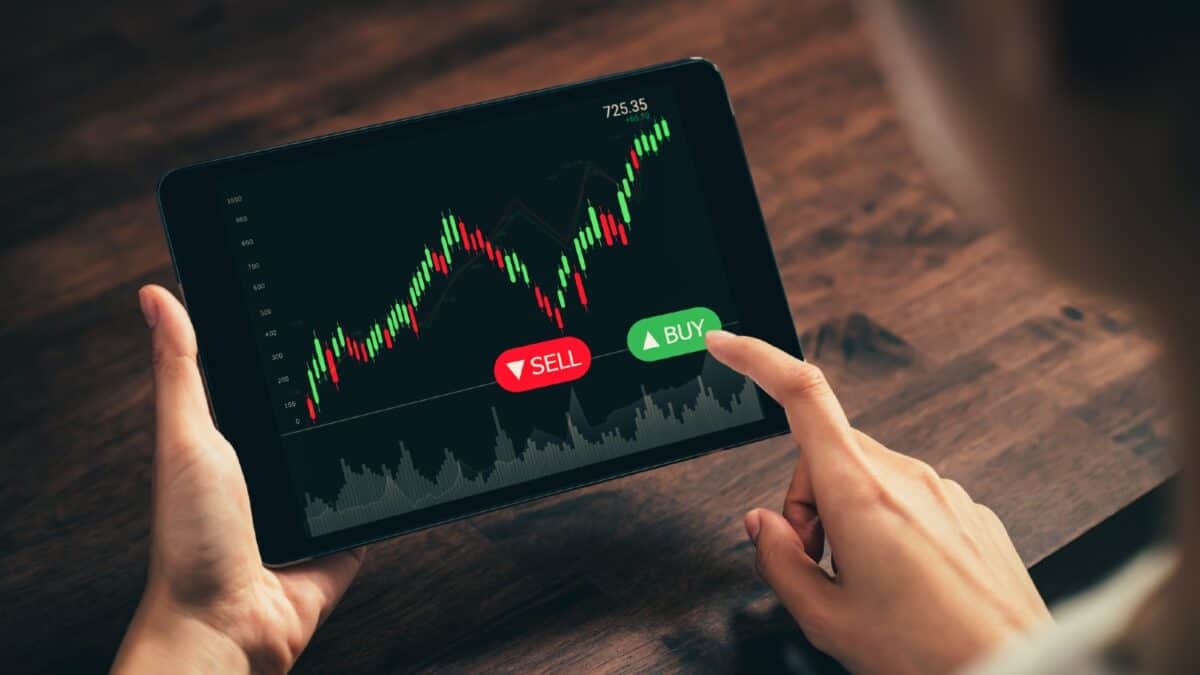Image source: Vodafone Group plc
When looking for a strong dividend investment for my Stocks and Shares ISA, I’m not just after a strong yield. I also want either great asset price growth or a great valuation.
Vodafone (LSE:VOD) is in an exceptional position at the moment for a value investor like myself seeking good cash flow. With a massive 9% yield and a price-to-sales (P/S) ratio of 0.66, I’m very tempted.
Cash flow and good value
I believe strong cash flow is one of the most appealing aspects of an investment. After all, we use pounds to pay our bills, not stocks and shares.
Vodafone has a strong track record of dividends, with a 6.7% yield as its 10-year median. This has become much higher over time, but the main reason for this is that its share price has been tanking.

While that was concerning for investors in the past, I think it’s now at a point where the valuation is so low that the price will begin to rise again soon.
The group has reported negative earnings and revenue growth over the past three years on average. However, analysts estimate that its revenues will grow at approximately 2% annually over the next three years. Furthermore, its EPS is estimated to grow at 32.5% per year over the period. So, I think we’re at the bottom of the protracted price decline for now.
It faces risks
However, the company faces broader risks. Recently, it has faced challenges in key markets like Germany, where it’s struggling to retain legacy cable TV customers. Furthermore, its performance in Spain and Italy has been weak recently, with year-on-year sales declines reported in both countries.
Also, the business has a weak balance sheet at the moment, with high levels of debt. It’s also under scrutiny from the UK’s Competition and Markets Authority about its merger with Three UK. This merger is seen as vital for Vodafone and Three to compete with bigger players like EE. However, it could destabilise the dividend if there are challenges with integrating the two companies.
Staying aware
As the company has a history of losing value, a big merger under way, and recently contracting growth rates, I’ll need to monitor it frequently if I buy its shares.
A dividend yield as high as 9% is incredibly rare and could seem like a gift. But in a worst-case scenario, the stock could fall further in price. More likely, it could be a value trap, where the price stays depressed and fails to grow again despite better earnings and revenue growth on the horizon.
But I still think it’s worth my cash. Standard & Poor’s data shows that the average annual total return of the S&P 500 from 1926 through 2022 is approximately 10%. That’s just higher than Vodafone’s dividend yield alone.
Also, I reckon the shares could trade at a slightly higher P/S ratio of 0.75 in 18 months. This is close to its 10-year median of 1.1. So, if it hits the analyst consensus sales estimate of $42.6bn in March 2026, it could have a market cap of $32bn. That would mean 23.5% growth from its current valuation of $25.9bn.

I’m considering it
I learned from Warren Buffett that it’s not the amount of investments I make but the quality of those I choose that counts. Therefore, I’m taking my time with this decision. Vodafone is going on my watchlist for now.
Credit: Source link














